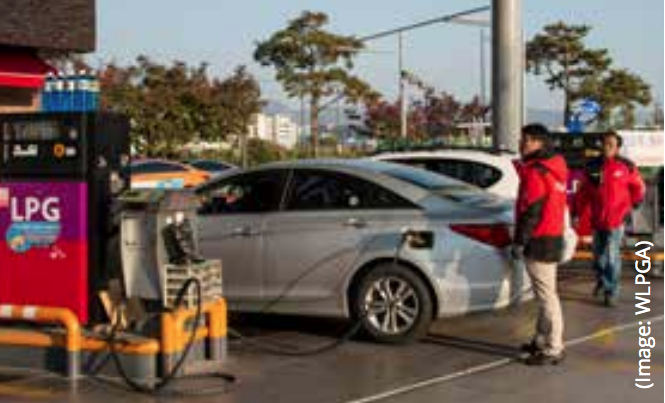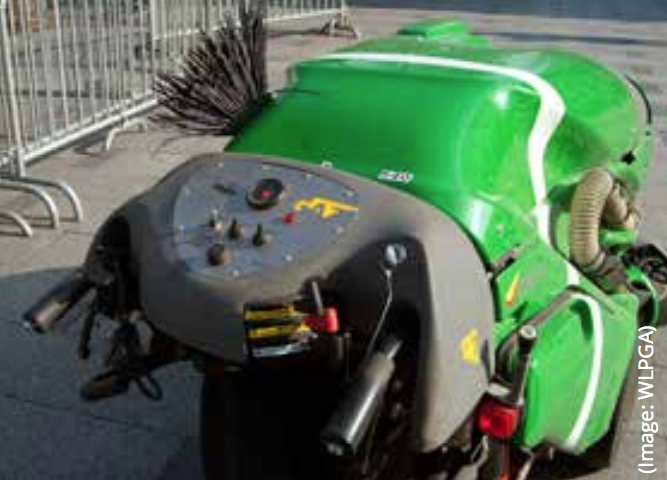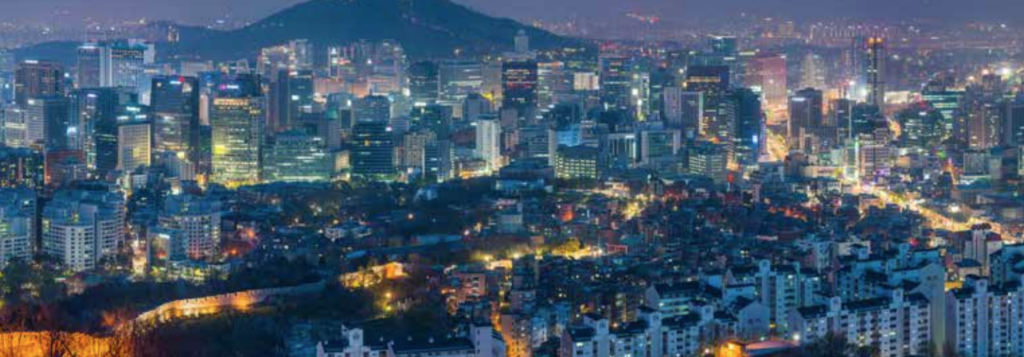Sustainable Cities and Communities
LPG is used for a variety of applications in both large cities and in small communities.
In urban centres, LPG is used as Autogas, the third most common automotive fuel globally. Because of its efficiency and emissions profile, use of LPG helps to address environmental air quality issues in cities. Worldwide, around 25 million vehicles are refueled with Autogas at over 70,000 refueling sites.13 By 2016, according to the WLPGA, there were around 155,000 LPG vehicles in the USA. Some 13,045 new LPG vehicles and fuel systems were sold in 2017 alone, 40% of which were medium or heavy-duty trucks, helping to replace higher emitting diesel trucks.

Autogas – Refueling with LPG
The environmental benefits are clear – LPG is a lower NOx and greenhouse gas (GHG) alternative to diesel. LPG is also used in vehicles such as street sweepers which are used to help clean the urban environment.
LPG use for cooking is widespread in urban areas in many developing countries, which contributes not only to cleaner household air, but also reduces ambient air pollution, contributing to healthier cities. Many developing countries where LPG is not yet used nationwide are embarking on national programmes to enable and encourage its expanded use for cooking and other purposes in both urban and rural areas.

An LPG-fueled street sweeper to help keep cities clean

